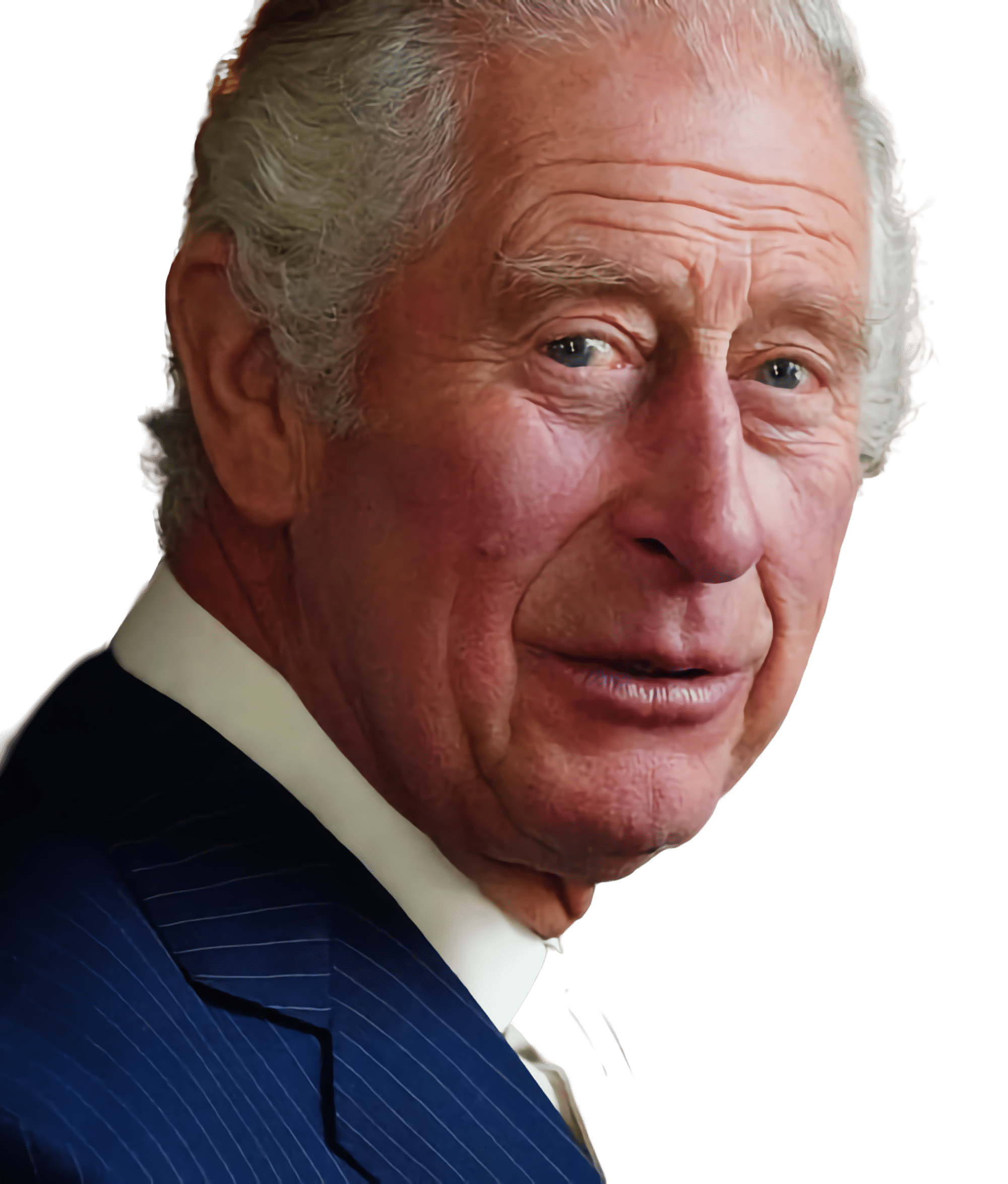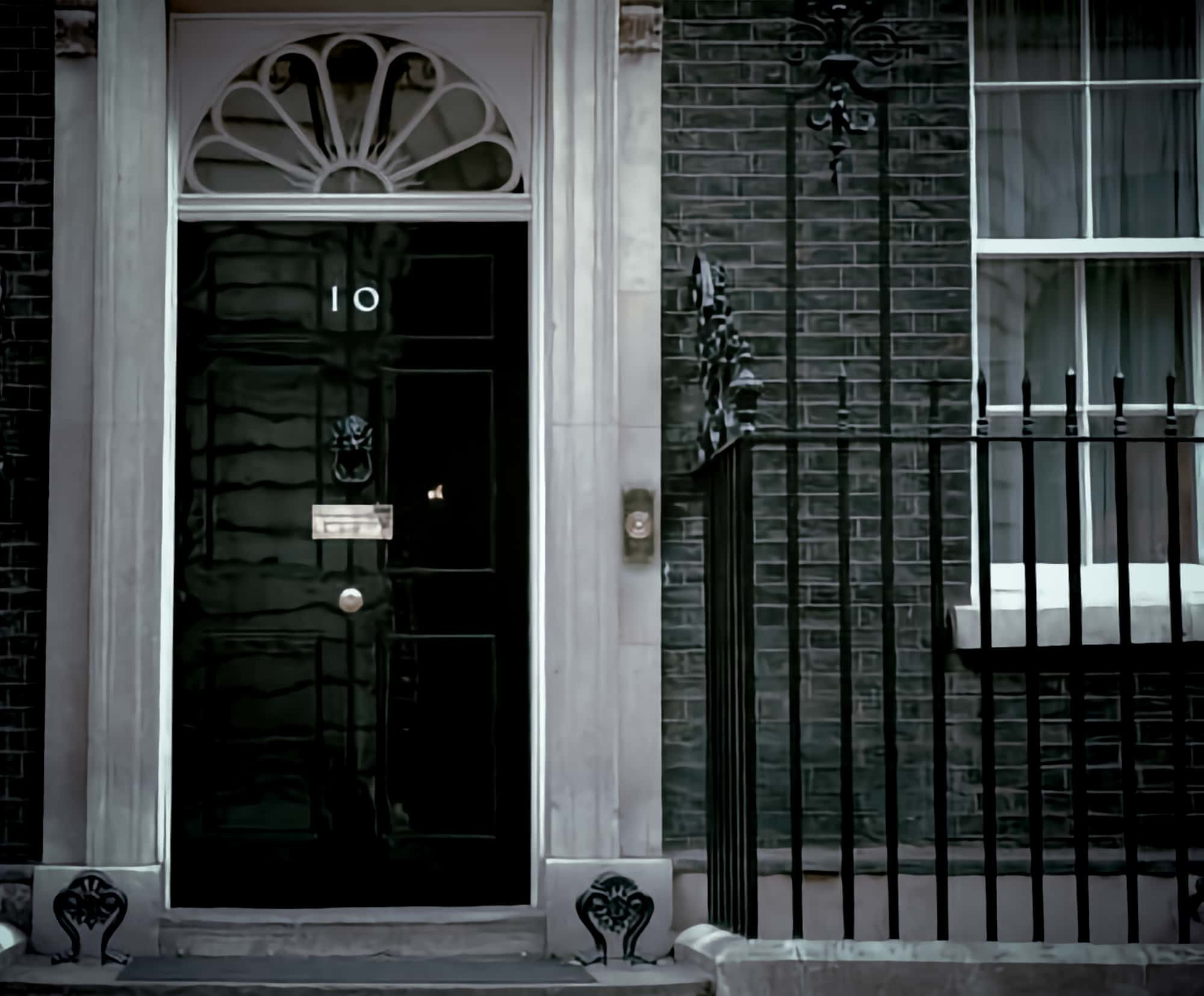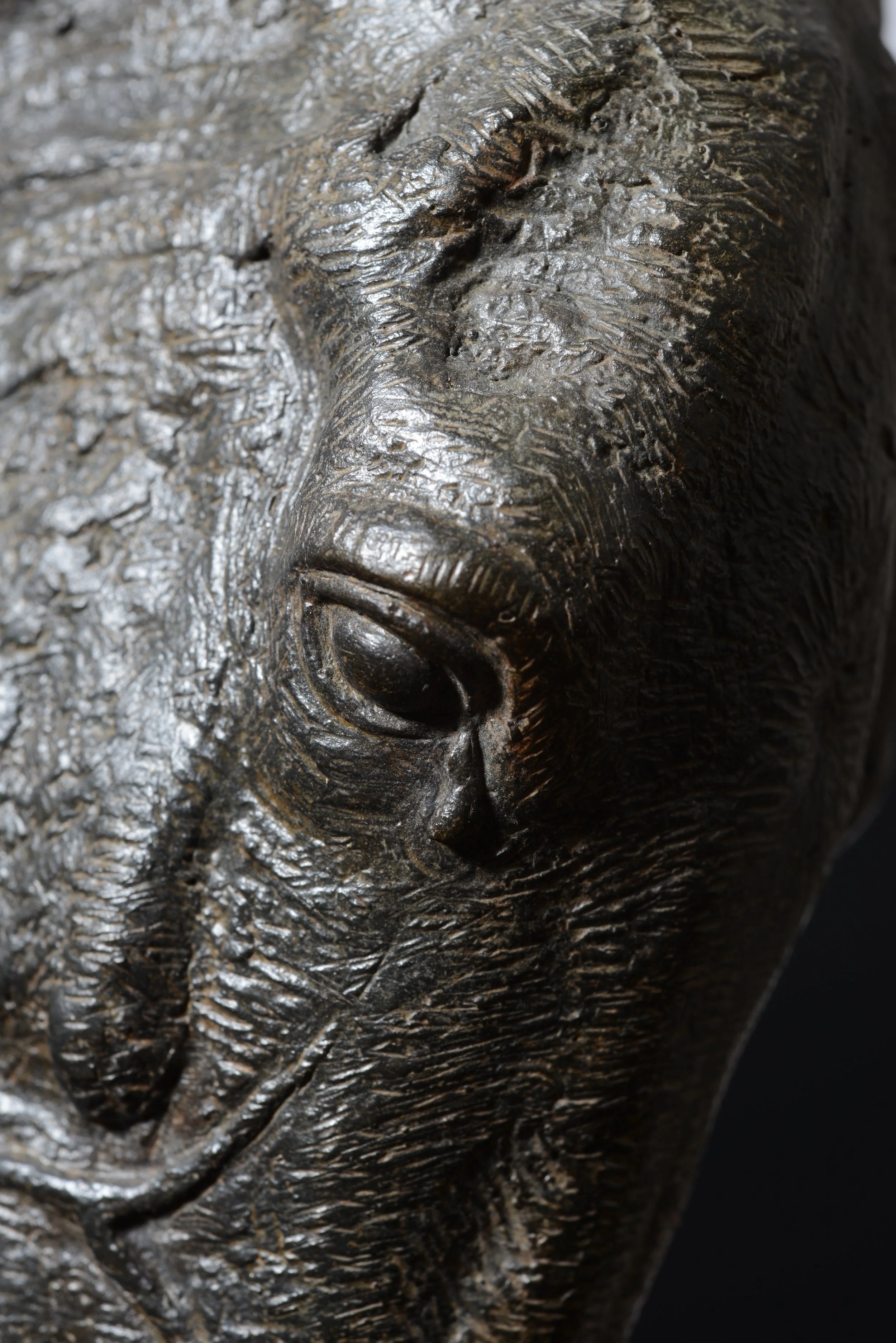Unique piece crafted in honour of animals’ invaluable contribution to fight for freedom available to buy now
King Charles lll is now custodian of the first one, bequeathed by his late mother Queen Elizabeth ll. Another has resided in 10 Downing Street since 2018 during which time it has witnessed the coming and goings of four Conservative Prime Ministers. Former Arsenal manager Arsene Wenger is a proud owner.
The chance to own an exquisite limited edition piece of art doesn’t happen often. When it boasts ownership by both a monarch and a prime minister then you really are talking about something very special. Add to that every purchaser like Arsene is helping to make a substantial difference to animals in need.
Acclaimed artist Susan Leyland was commissioned by The War Horse Memorial to create Poppy, the giant bronze equine which stands in Ascot, Berkshire, as a symbol to the service and sacrifice of horses, mules and donkeys in the Great War. It took her four years to complete the monument and more than a year to prepare and create the war horse maquette – a scaled down replica of the majestic national and Commonwealth monument.
Our maquette is painstakingly detailed by sculptor Susan Leyland
One hundred maquettes have been commissioned. No 1 was given to her late majesty. Number 10, appropriately, to Downing Street. Each wax cast is not only crafted to recreate the texture and detail to represent as near as possible the The War Horse Memorial, but also to make each edition as unique as possible. The Black Isle Bronze foundry, near Inverness, which produced the giant war horse, cast these scaled down versions. The final touches are lovingly made by the artist herself, who says this was no ordinary commission and she felt the weight of responsibility throughout the process.
Susan explains: “I have had the great honour and privilege to create The War Horse Memorial. I have portrayed a horse standing motionless, in poignant remembrance. A horse whose silhouette, shape, body language, anatomy and detail incorporate and reflect the tragedy of all those horses, mules and donkeys who endured the 1914-18 War. The only movement is in the tail, caught in a slight gust of wind, to give a sign of life and hope for the future that their sacrifice was not in vain.
”I began sketching but I understood that I needed to know more about WWl, reading and searching through thousands of images and by drawing more than 100 study sketches. Similarly, the maquette incorporates pain and suffering, hardship and sorrow, emotions which I felt from the concept to creation.
“The body is weak, bones and ribs prominent, the middle tucked up and the muscles depleted caused by fatigue, lack of water and lack of fodder. The legs and joints are swollen due to harsh conditions. The horse’s weight is carried to one side relieving the pain of the shrapnel wound on its shoulder and the cuts on the legs. The coat is long and muddy, the tail and mane are cut in military style. The hooves and pasterns are cracked and barbed wire lies curled in the mud at foot.
“Branded on one hoof is an identification number 1418. The ears are placed slightly backwards, not in anger but in thought. The concerned forehead frowns slightly, eyes lowered and mournful, a tear forming in one eye. The nostrils are soft and small, her mouth sad and wrinkled due to a harsh bit and pain. The late Queen Elizabeth ll was a great lover of horses and I am proud she was gifted the very first maquette I produced.”
If you are interested in owning one of our limited edition maquettes, which are made form silicon bronze, weigh 18kgs and measure 55cm x 44cm x 15cm, then please contact us via the information below.
Enquires
Please email info@thewarhorsememorial.org
or telephone 01344 624828






